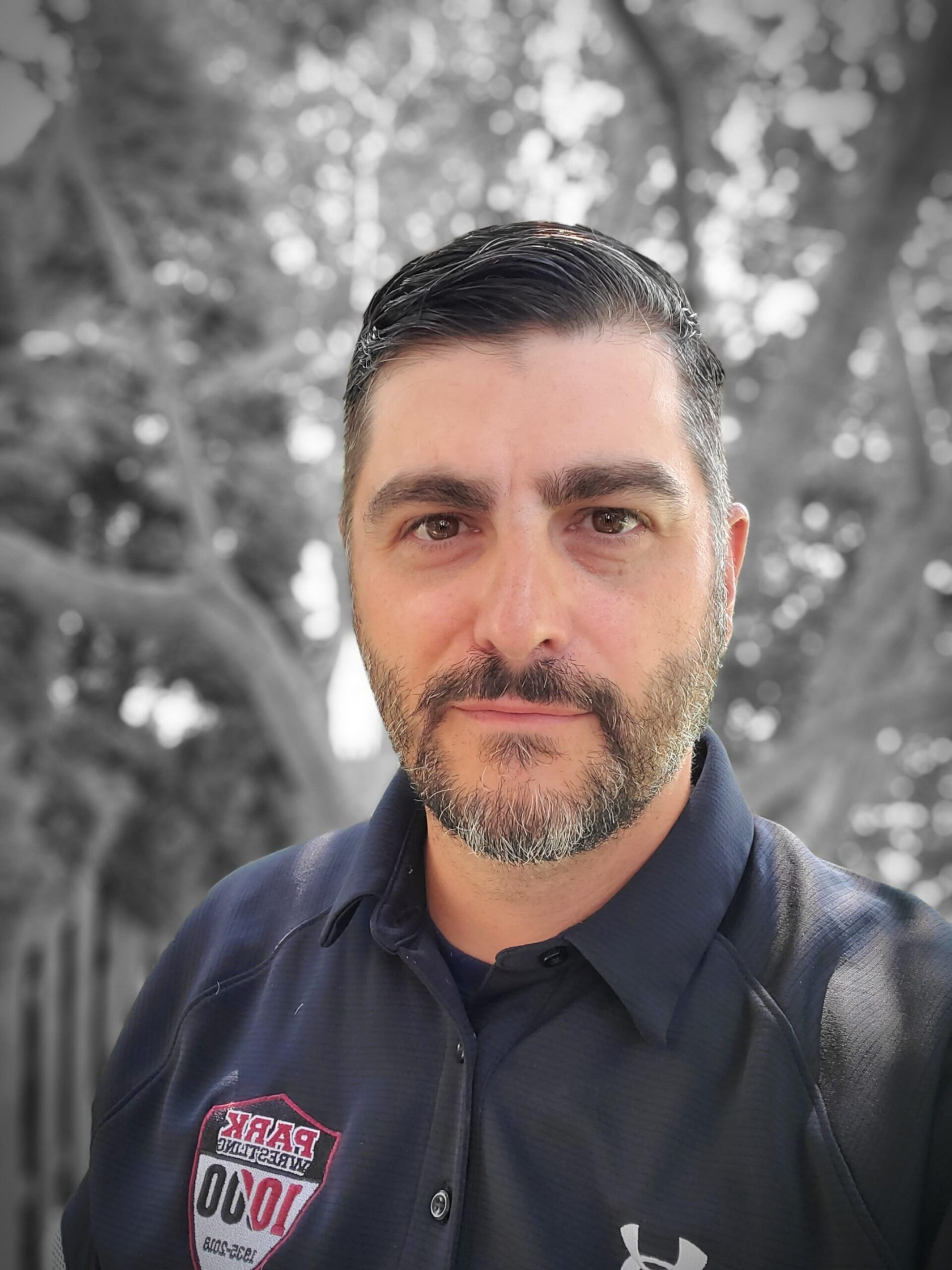To tell the public what it spends on insurance—an amount largely affected by what it calls legal system abuse—Uber has started to provide information on customers’ receipts.
“To give you a sense of how bad the problem has gotten in certain places, our worst market—LA County—48% of the average rider fare goes toward insurance,” said Adam Blinick, senior director of public policy and communications for Uber.
“That doesn’t make any sense in the reasonable universe we operate in,” he said during a panel discussion during the American Property Casualty Insurance Association’s annual meeting in Orlando last week.
The company has started to go on the offensive. Uber has filed Racketeer Influenced and Corrupt Organizations (RICO) lawsuits in New York, Florida, California, and Pennsylvania against lawyers and medical providers it thinks are committing fraud and driving up costs.
“Our desire is not to settle these things out. We want to see them through,” Blinick said, adding that other corporations have reached out to ask advice on methodologies and building cases. This seems to indicate a willingness or desire to share information. “Let’s build the case to show the kinds of information we could be sharing amongst ourselves to get to the root of fraud and billing malpractice and the like, and make a case for reform.”
Though the ability to share information between many different kinds of companies and players in litigation can be “cumbersome,” Blinick said there is “a lot more that can be done on information sharing than is currently being done.”
Plaintiffs’ lawyers, meanwhile, are already highly coordinated, sharing theories, recruiting firms into new mass torts, and investing heavily in political campaigns. In the meantime, third-party litigation funding (TPLF) has become big business.
Gareth Kennedy, principal of insurance and actuarial advisory service for EY, said the firm has found the average cost for a commercial claim has gone up 10% to 11% per year since 2017. In looking at the root cause, TPLF came to the surface. Though transparency was an issue since TPLF disclosure in cases is only just starting to grab hold in some jurisdictions, EY concluded that over the next five years TPLF will cost the insurance industry up to $50 billion in direct and indirect costs, Kennedy said.
“If you look at that in terms of loss-ratio point drag, you’re talking a 4-5.2% drag on loss ratios in [2024] premium dollars,” Kennedy added.
Panelists urged businesses to respond with smarter political giving, coalition building, and consumer-focused messaging to combat legal system abuse, including (TPLF).
Nathan Morris, senior counsel, litigation policy and risk mitigation at Johnson & Johnson, said trial lawyers are singularly focused and mission-driven, while outside interests of businesses are much more than just litigation, so “they don’t always have that kind of freedom of movement politically.”
“Businesses have the ability to do more politically and to be more engaged and more thoughtful,” Morris said. “I don’t think you need to match [trial lawyers] dollar-for-dollar.”
The focus, he said, should be on the consumer’s benefit of TPLF. “Is the consumer actually benefitting from that financing? Can we have an honest conversation about that?” he asked. Claims are being filed to “benefit people who are building up an asset class and not people that are seeking justice.”
Was this article valuable?
Here are more articles you may enjoy.



 Hyundai, Kia Agree to Retrofit 7 Million Vehicles to Address Theft Concerns
Hyundai, Kia Agree to Retrofit 7 Million Vehicles to Address Theft Concerns  Poorer Americans Dropped Federal Flood Insurance When Rates Rose
Poorer Americans Dropped Federal Flood Insurance When Rates Rose  US House Bill Aims to End Private Flood Insurance Coverage Penalty
US House Bill Aims to End Private Flood Insurance Coverage Penalty  Trump to Issue Order Creating National AI Rule
Trump to Issue Order Creating National AI Rule 


